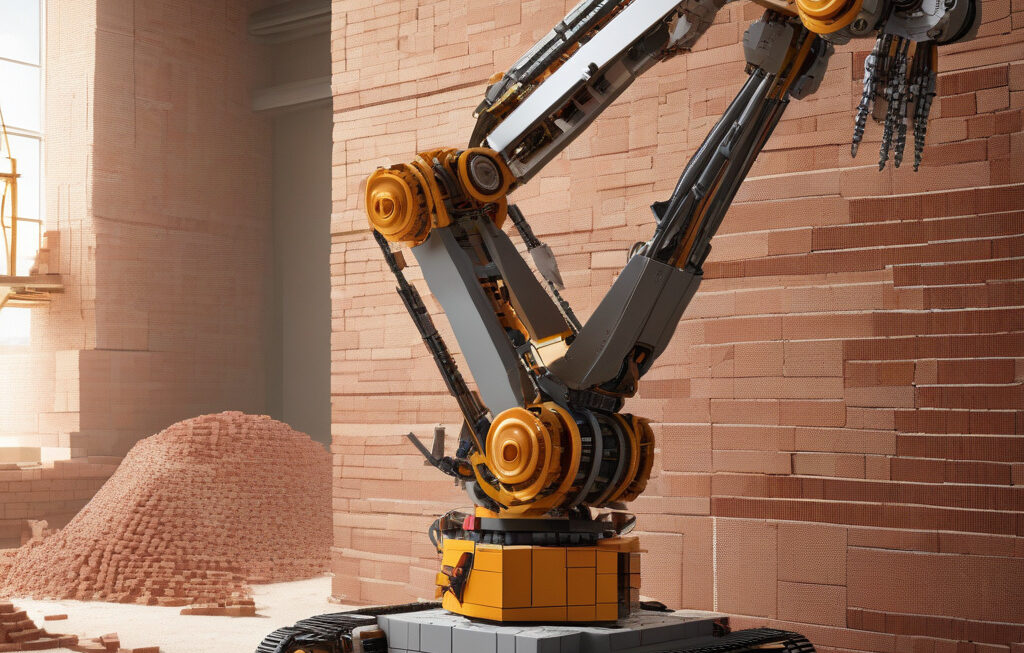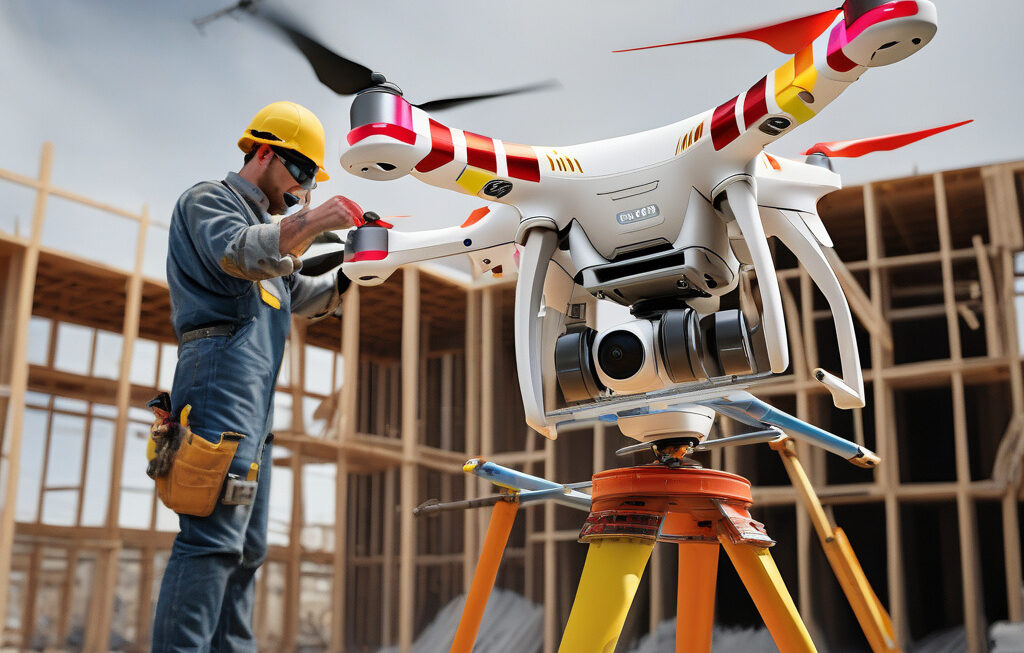Japan Researchers Harness Quantum Entanglement to Boost Robot Posture Control
Researchers from Shibaura Institute of Technology, Waseda University, and Fujitsu have developed a novel way to revolutionize robot posture control using quantum entanglement. This cutting-edge technology marks a significant advancement in the field of robotics, promising enhanced stability, precision, and efficiency in robotic movements.
Quantum entanglement, a phenomenon in quantum physics where two particles become interconnected and can affect each other’s state instantaneously regardless of the distance between them, has long been a topic of fascination and intrigue for scientists. By harnessing this mysterious property, the Japanese researchers have unlocked a new realm of possibilities for improving the performance of robots.
Traditionally, robot posture control has been a complex and challenging aspect of robotics engineering. Ensuring that a robot maintains its balance, stability, and accuracy in movements requires sophisticated algorithms and sensors. However, even with state-of-the-art technology, there are limitations to how precisely a robot can adjust its posture in real-time.
The integration of quantum entanglement into robot posture control could potentially overcome these limitations. By entangling particles within the robot’s system, the researchers have found a way to enhance the communication and coordination between different components of the robot. This enables the robot to make instantaneous postural adjustments with unprecedented speed and accuracy, mimicking the way biological systems maintain equilibrium effortlessly.
One of the key advantages of leveraging quantum entanglement for robot posture control is its ability to facilitate seamless coordination between multiple joints and actuators within the robot’s body. This level of synchronization and harmony is crucial for tasks that require delicate and precise movements, such as surgical robotics, manufacturing processes, and even humanoid robots designed to interact with humans in daily settings.
Moreover, the use of quantum entanglement can lead to a significant reduction in energy consumption for robots. By optimizing posture control and minimizing unnecessary movements, robots can operate more efficiently, extending their battery life and overall performance. This not only benefits the environment by reducing energy waste but also enhances the practicality and sustainability of robotic applications in various industries.
The research conducted by the Japanese team represents a groundbreaking achievement that has the potential to reshape the future of robotics. As technology continues to advance at a rapid pace, innovations like quantum entanglement-based posture control could pave the way for a new generation of robots that are more agile, adaptive, and responsive to their environments.
In conclusion, the integration of quantum entanglement into robot posture control signifies a remarkable convergence of quantum physics and robotics, showcasing the boundless possibilities when interdisciplinary fields intersect. With further development and refinement, this technology could unlock unprecedented capabilities in robotic systems, setting the stage for a future where robots can perform tasks with unparalleled dexterity and efficiency.
#Japan, #QuantumEntanglement, #Robotics, #Innovation, #Technology












